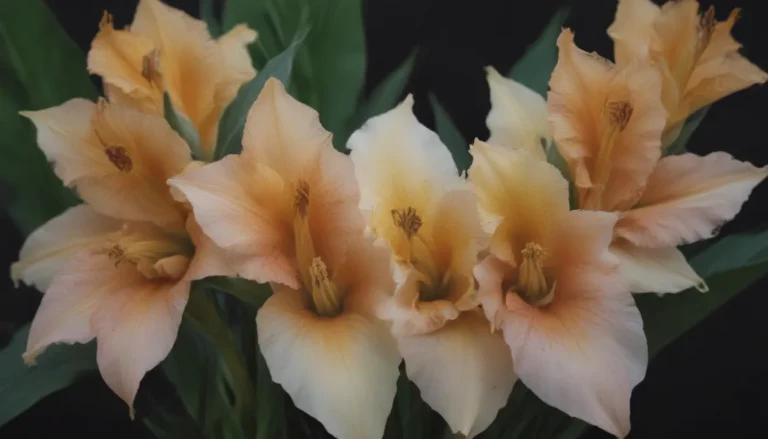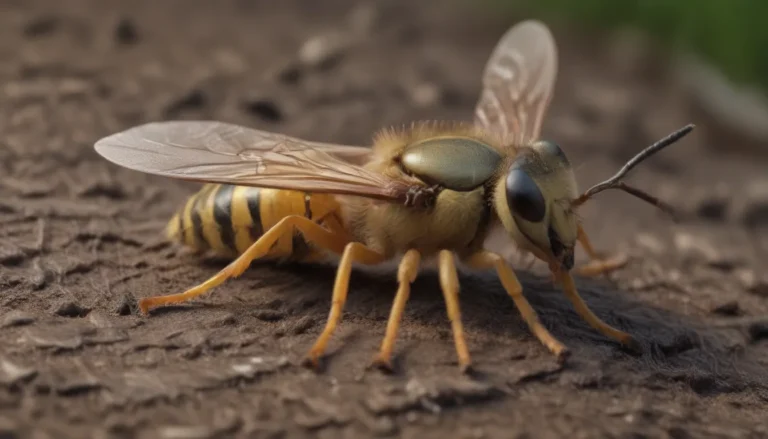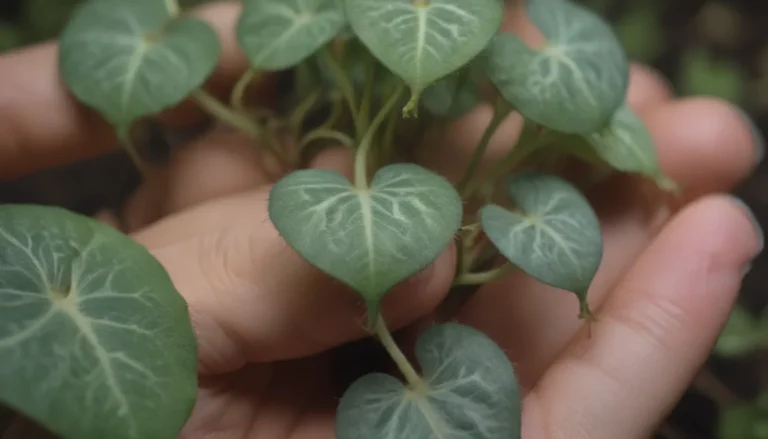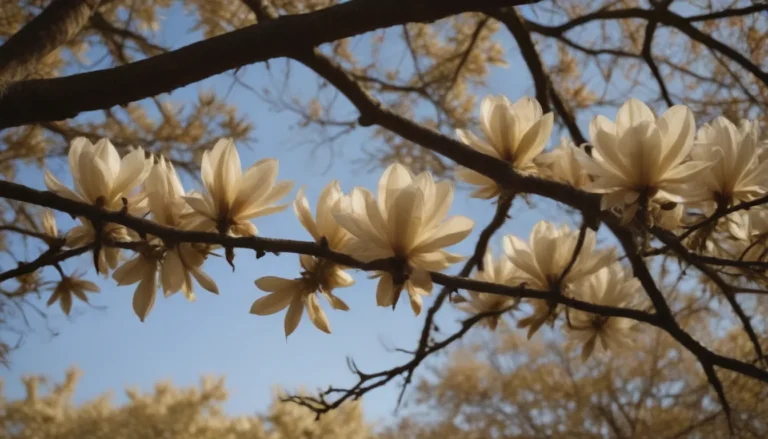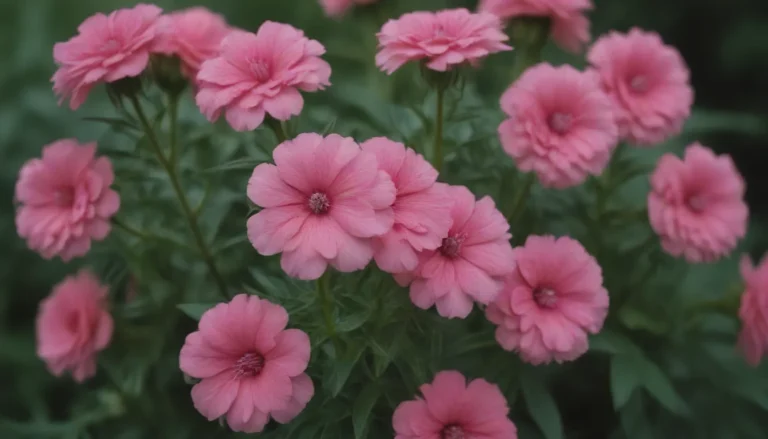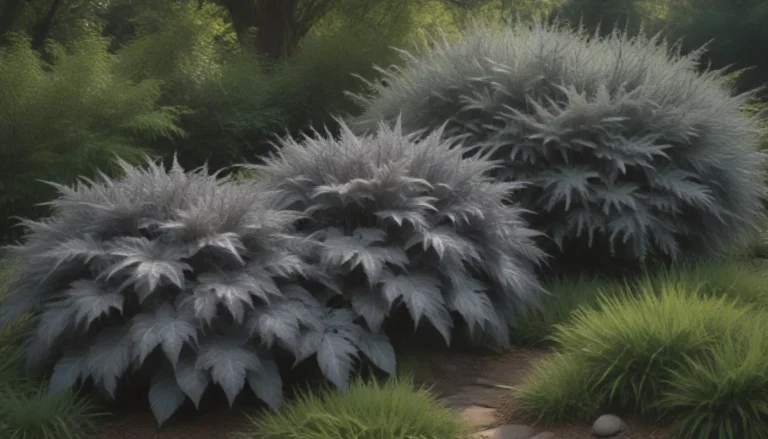Comprehensive Guide on How to Grow and Care for Flame Tree (Royal Poinciana)
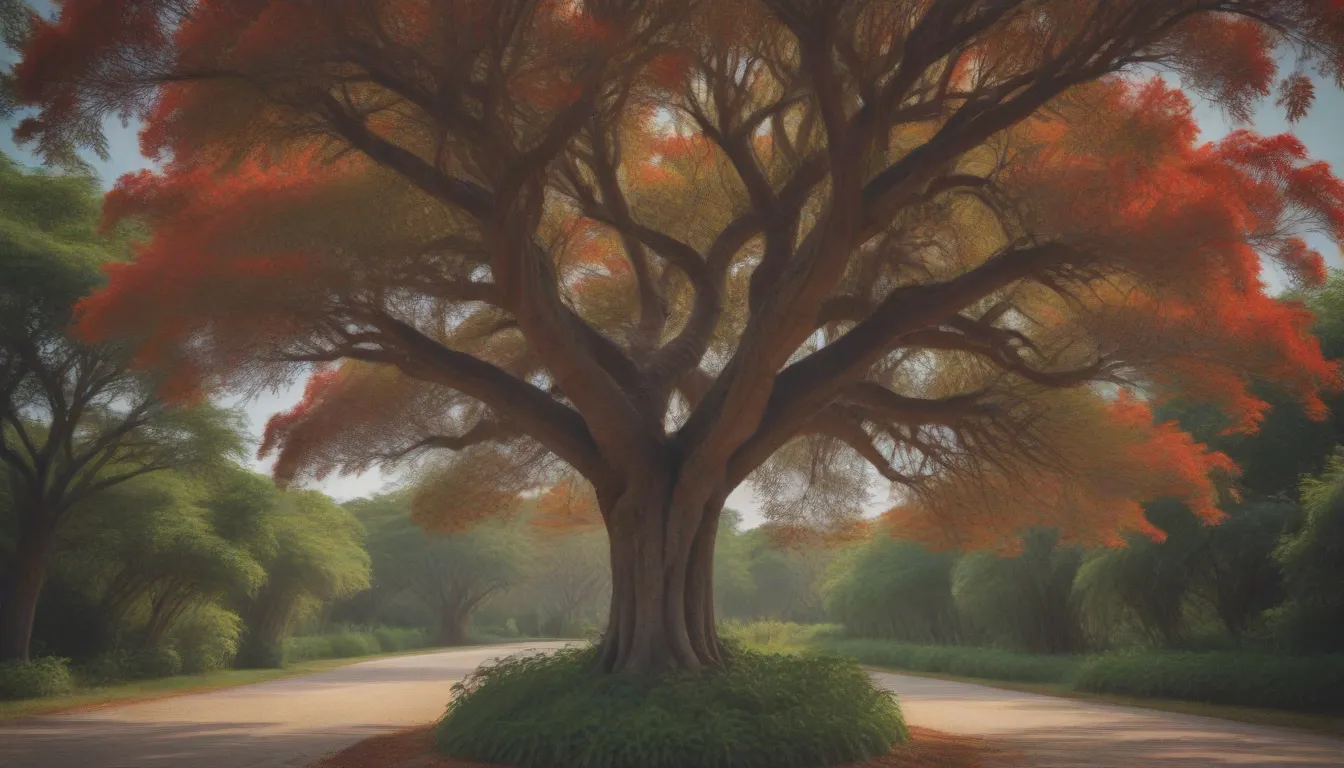
The flame tree, also known as royal poinciana (Delonix regia), is a stunning fast-growing evergreen tree that adds a touch of beauty with its abundant crimson blossoms. Native to Africa, this majestic tree is a favorite in tropical and subtropical regions. However, it requires ample space away from buildings due to its expansive root system.
The Magnificent Flame Tree
The foliage of the flame tree is bipinnately compound, with each leaf consisting of multiple pairs of leaflets, creating a lush and intricate appearance. One of the most striking features of this tree is its clusters of exquisite red flowers that adorn the branches in the warm summer months. The petals range from reddish-orange to scarlet, with one larger petal boasting yellow and white markings. The tree also produces seed pods that can grow up to a foot long.
Flame Tree Care Tips
To ensure your flame tree thrives and flourishes, here are some essential care tips to keep in mind:
Planting Location
- Choose a spacious location for planting, as the tree can grow up to 40 feet tall and spread between 40 and 70 feet wide.
- Avoid planting near walls or pavement to prevent potential damage from the tree’s expansive roots.
Light Requirements
- Flame trees thrive in full sunlight, requiring at least six hours of direct sunlight daily to produce their showy red-orange flowers.
Soil Conditions
- The tree tolerates a wide range of soil types (clay, loamy, sandy, or gravelly) as long as there is proper drainage.
- The pH range for soil can be between 4.9 and 10.6, accommodating various soil conditions.
Watering Needs
- Water the tree regularly after planting, keeping the soil moist but not soggy until the roots establish.
- During late fall, reduce watering gradually as the tree enters dormancy in the winter months.
Temperature and Humidity
- Flame trees thrive in warm, humid climates and cannot withstand temperatures below 45 degrees Fahrenheit.
- Ideal for regions with reliably warm temperatures like parts of Florida, Texas, and Hawaii.
Fertilization
- Provide balanced liquid fertilizer for the tree during the initial years after planting, following label instructions for application.
- Additional fertilization in early spring and fall helps sustain the tree’s growth and health.
Types of Delonix Trees
Apart from the royal poinciana (Delonix regia), other flowering trees in the same genus include:
- Delonix elata (White gul mohur, creamy peacock flower)
- D. floribunda (Yellow poinciana)
Pruning Tips for Flame Trees
Proper pruning is essential to establish a strong tree structure and prevent limb breakage during high winds. Trim major branches that are half the trunk’s diameter or below 8 to 12 feet from the ground in late March or early April.
Propagation Methods
Flame trees can be propagated through seed germination or cuttings. To propagate from cuttings, follow these steps:
- Take cuttings from healthy branches.
- Remove leaves from the bottom half of the cutting.
- Dip the cut end in rooting hormone.
- Plant the cuttings in a moist soil mix and keep them well-watered until roots develop.
Common Pests and Diseases
While flame trees are relatively resistant to pests, some issues like caterpillar damage, spider mites, and scale insects may arise. Ensure proper moisture levels and address any pest infestations promptly to maintain the tree’s health.
Encouraging Blooms in Flame Trees
If your flame tree is not blooming, consider the following factors:
- Mature trees may take six to ten years to bloom for the first time.
- Ensure the tree receives ample sunlight, as full sun exposure is essential for blooming.
Addressing Common Challenges
The flame tree, with its stunning beauty and vibrant blooms, may present some challenges:
- Prune for a strong branching structure and protection from winds to prevent branch breakage.
- The shallow root system can compete with other plants and make the tree prone to uprooting in strong winds.
Fun Facts about Flame Trees:
- The tree was named after Phillippe de Longvilliers de Poincy, a French nobleman and governor of Saint Christopher Island.
- The large canopy of the flame tree provides ample shade but may hinder grass growth below.
- The blooming period of the tree lasts approximately one month, showcasing its vibrant hues in full glory.
Delonix regia, with its captivating blossoms and lush foliage, adds a touch of tropical elegance to any landscape. By following these care tips and guidelines, you can nurture a healthy and vibrant flame tree that will be the envy of your garden.
References:
– The Spruce
– Tropical Flowering Tree Society
– University of Florida Extension
– Agroforestry Database 4.0
